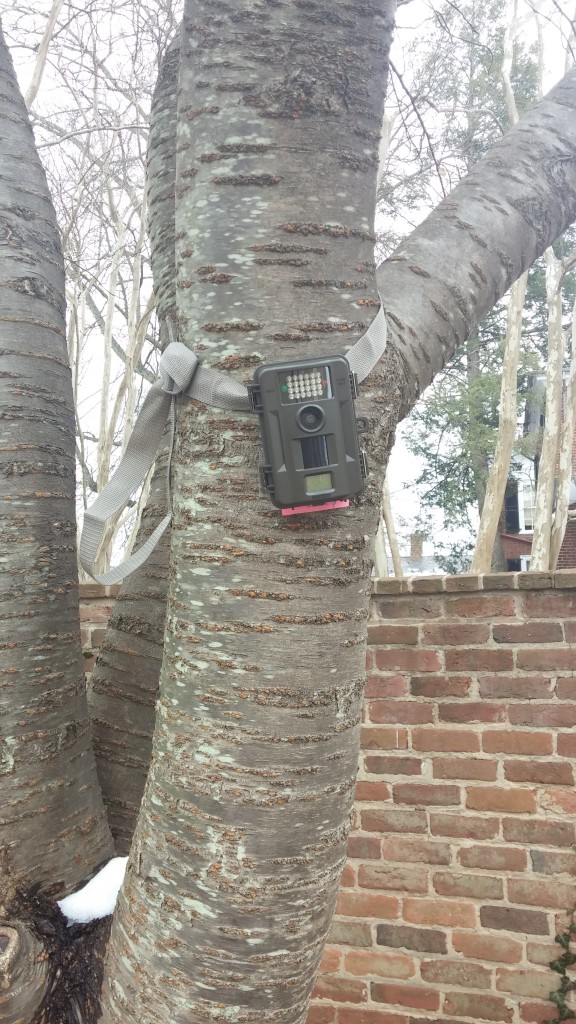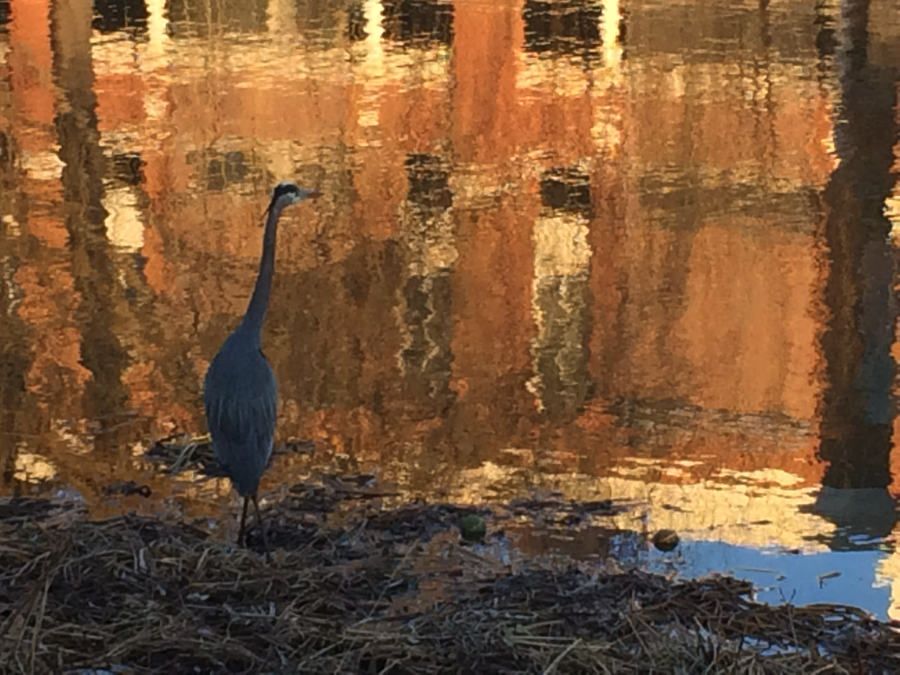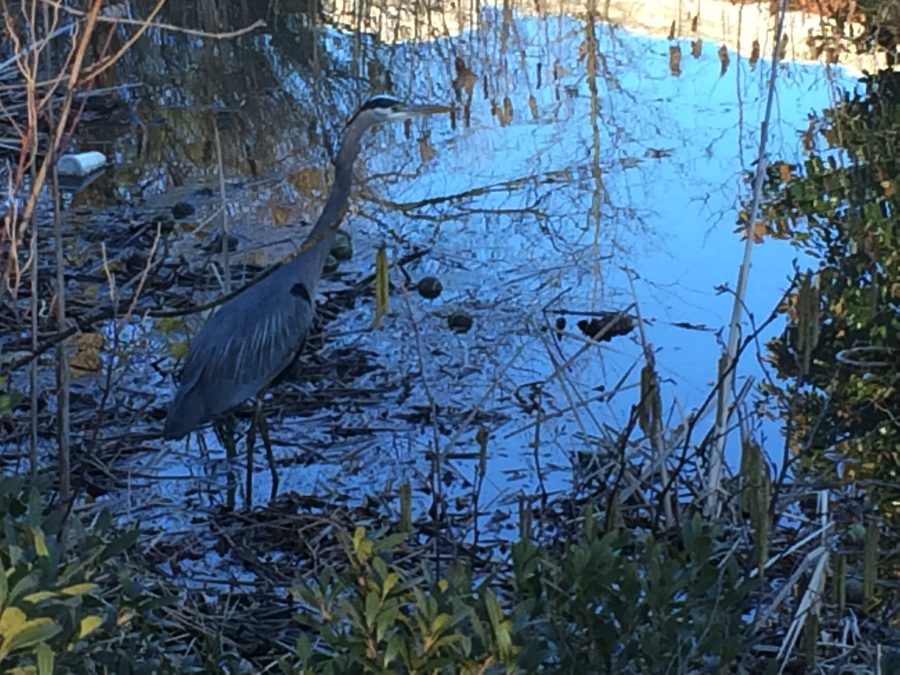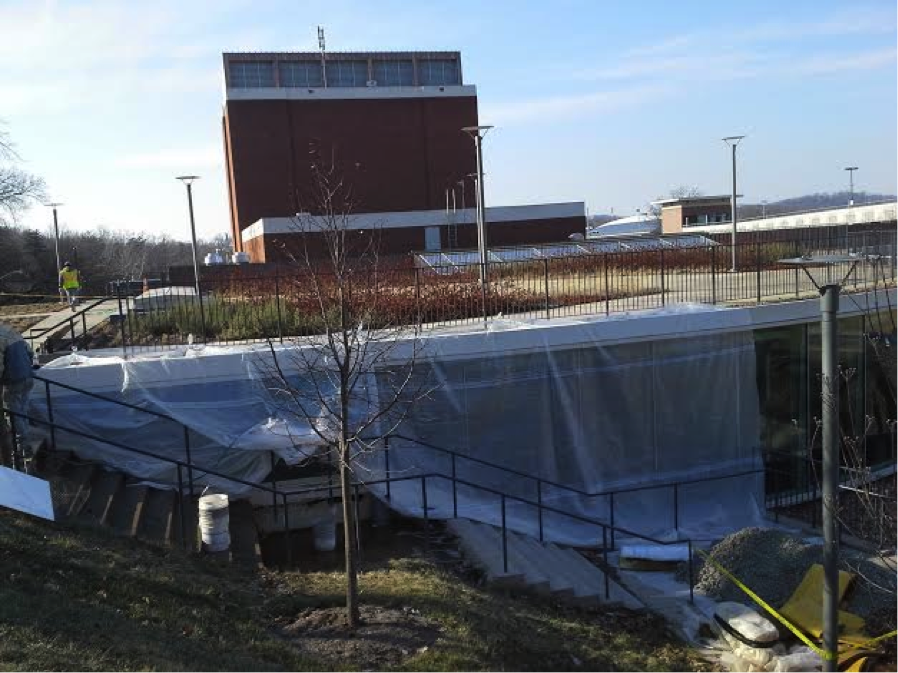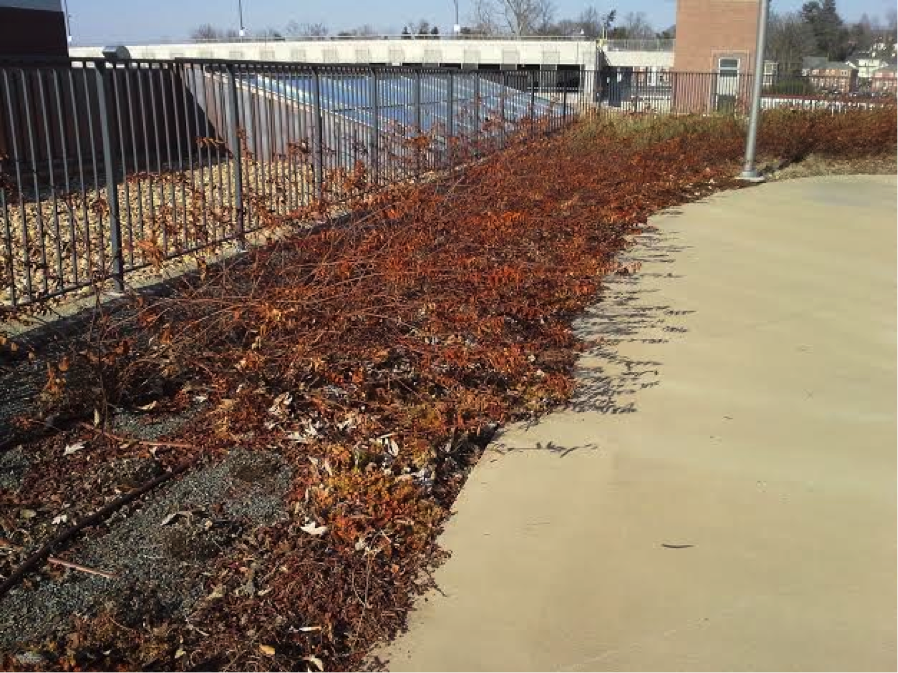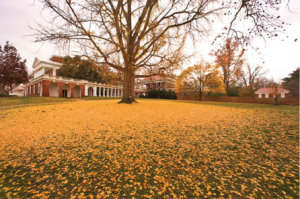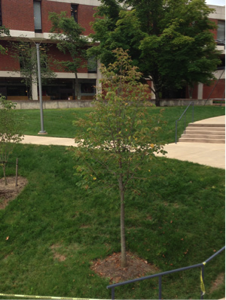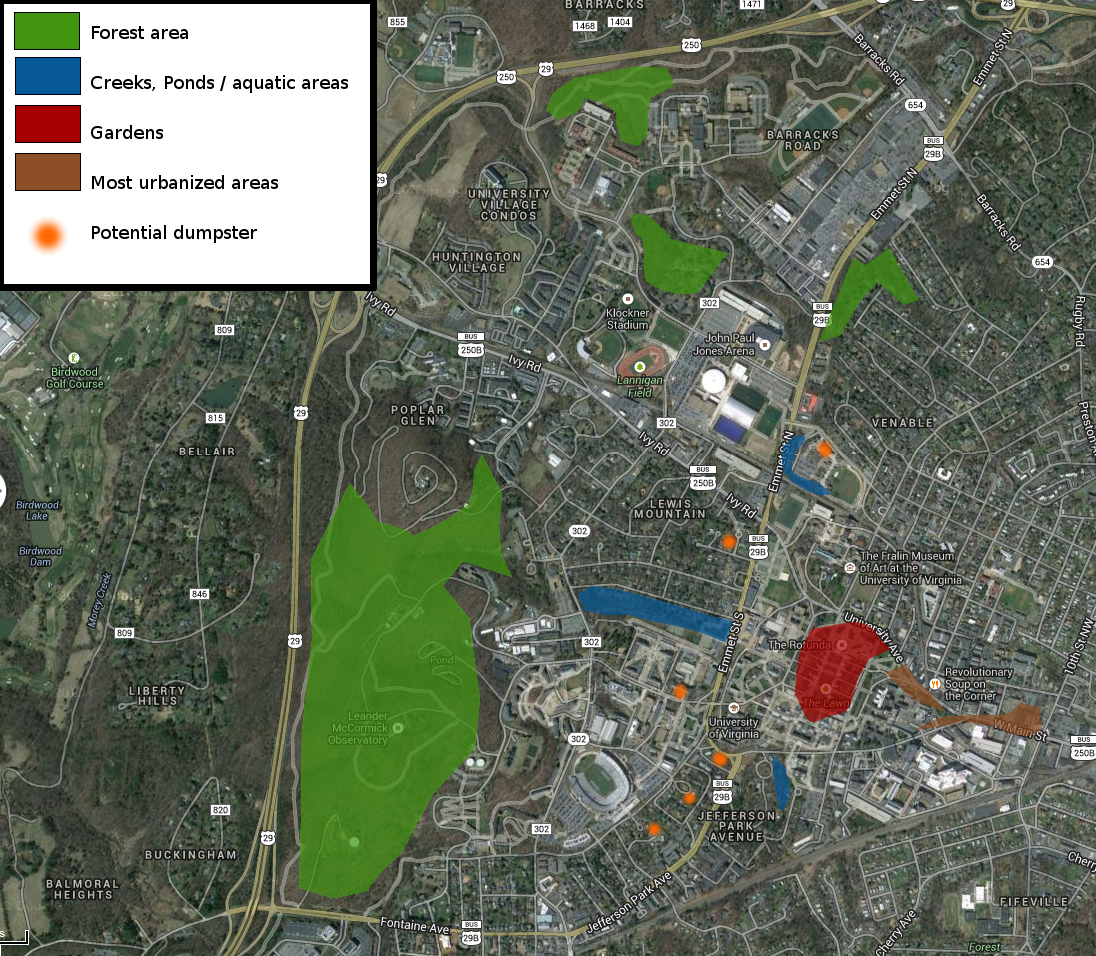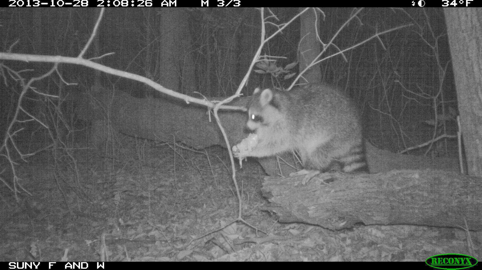What is a bat? From a human perspective, they are easy to recognize: little flying rodents that come out at night. Bats are the largest mammalian order after rodents, with 966 different identified species (Altringham 1996). Together, this one order comprises one-quarter of all known mammal species. They range in size from the bumblebee bat (the smallest known mammal at 1.5-2g) to the 1kg flying fox, which has a wingspan of 1.5m.
From an evolutionary standpoint, however, the truth is much more complicated. Currently, all of what we know to be “bats” are grouped in one order, chiroptera. Animals within this order are the only known mammals that can sustain flight (mammals such as flying squirrels can only glide.) Within this order are two subgroups mega- and microchiroptera, frequently called mega- and micro-bats. Mega-bats are found only in old-world locales and are exclusively plant-eating. Micro-bats are much more widespread, inhabiting every continent except Antarctica, and also have a more varied diet. Because of their similar physiology, these two groups of bats were classified as subgroups of the same origin but recent evolutionary evidence is casting doubt on this assumption.
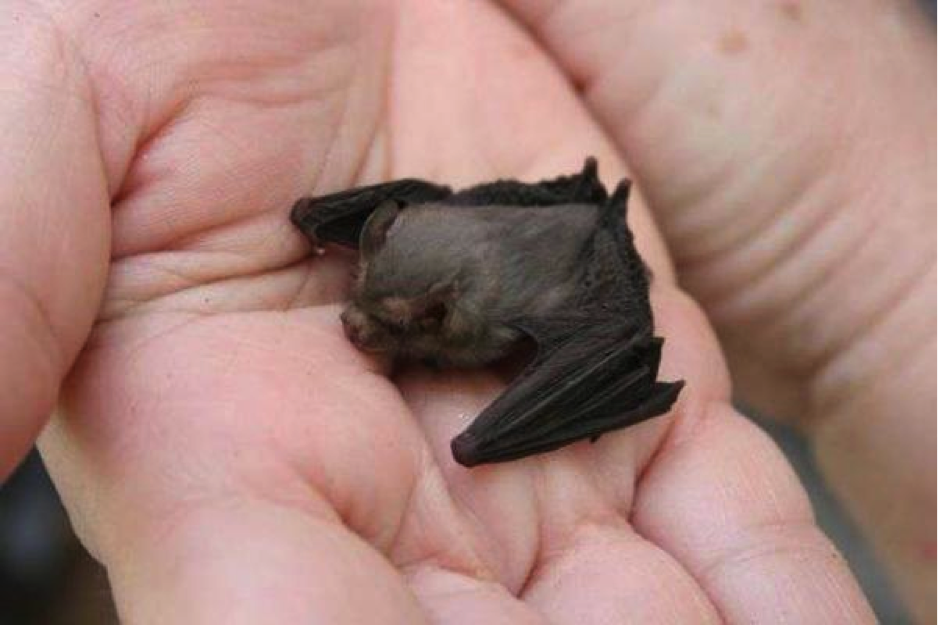
There is very little fossil evidence remaining of ancient bats, possibly because of their light bone structure. The oldest bat fossil was found in Yellowstone National Park and dates to around 50 million years ago. Genetically, they are not very closely related to any mammalian order except sloths and anteaters, neither of which is very different from their ancient ancestors. Scientists have therefore had to rely heavily on genetic and physiological analysis to try to understand bats’ evolutionary history (Altringham 1996). They speculate that early bats probably got around by jumping or gliding, much in the same way as the modern flying squirrel. They evolved to hunt at night to avoid predators and other more adept flyers such as birds, and fed on flowers to avoid competing with them for food. Eventually, the skin membranes that enabled them to glide evolved into wings, allowing them to sustain flight. Based on analysis of the cochlear cavities of ancient bats, scientists believe that their ability to echolocate evolved alongside flight.
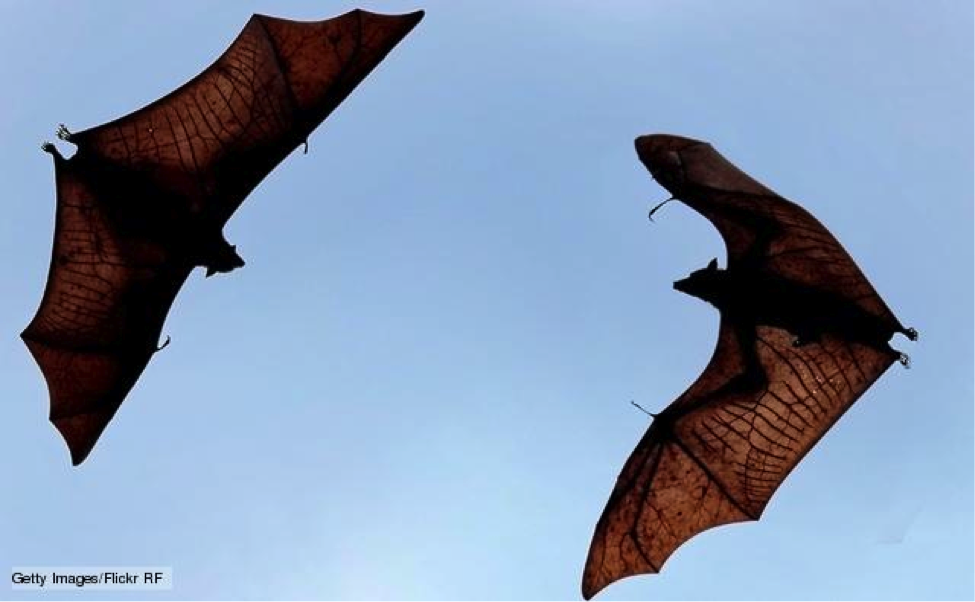
Mega-bats are generally much larger than their micro-bat cousins. They are found only in very specific regions around the equator in areas that produce enough vegetable matter to sustain them, such as the Amazon rainforest, the Congo, and the Indonesian islands. Their strict vegetarian diet is not the only thing that differentiates them from micro-bats; they also do not echolocate. There are many more species of micro-bats (around 700) than mega-bats (around 300). It has always been puzzling to scientists why mega-bats’ range is so confined and why, if they are so closely related to micro-bats, they are exclusively vegetarian and cannot echolocate (Fink 2007). Scientists are now beginning to piece together an alternate evolutionary history of these mammals: instead of the two subgroups evolving from a common ancestor, they now believe that micro-bats evolved millions of years before mega-bats. This explains the preponderance of species, difference in diet, and echolocating ability, but it does not explain their almost identical physiology. However, recent studies of modern bat skeletons have shown a significant difference in the ratios of finger bones to forearm length in mega- and micro-bats causing scientists to rethink whether these two subgroups are related at all. (Altringham 1996) Some are now entertaining the idea that these two orders evolved entirely independently of one another and somehow achieved an almost identical physiology.
What constitutes a “bat” is much more complicated than what once had been assumed, the order chiroptera may not be an adequate classification. Although it is convenient to keep them together, the truth is not as straightforward.
Works Cited
Altringham, John D. Bats : Biology and Behaviour. Oxford [England]: Oxford University Press, 1996.
Fink, Patrick. “Echolocation in Microchiroptera.” Reed College, 2007. Web. 28 Feb. 2014.
Post by Luke Gates, Fourth-Year, Architecture
